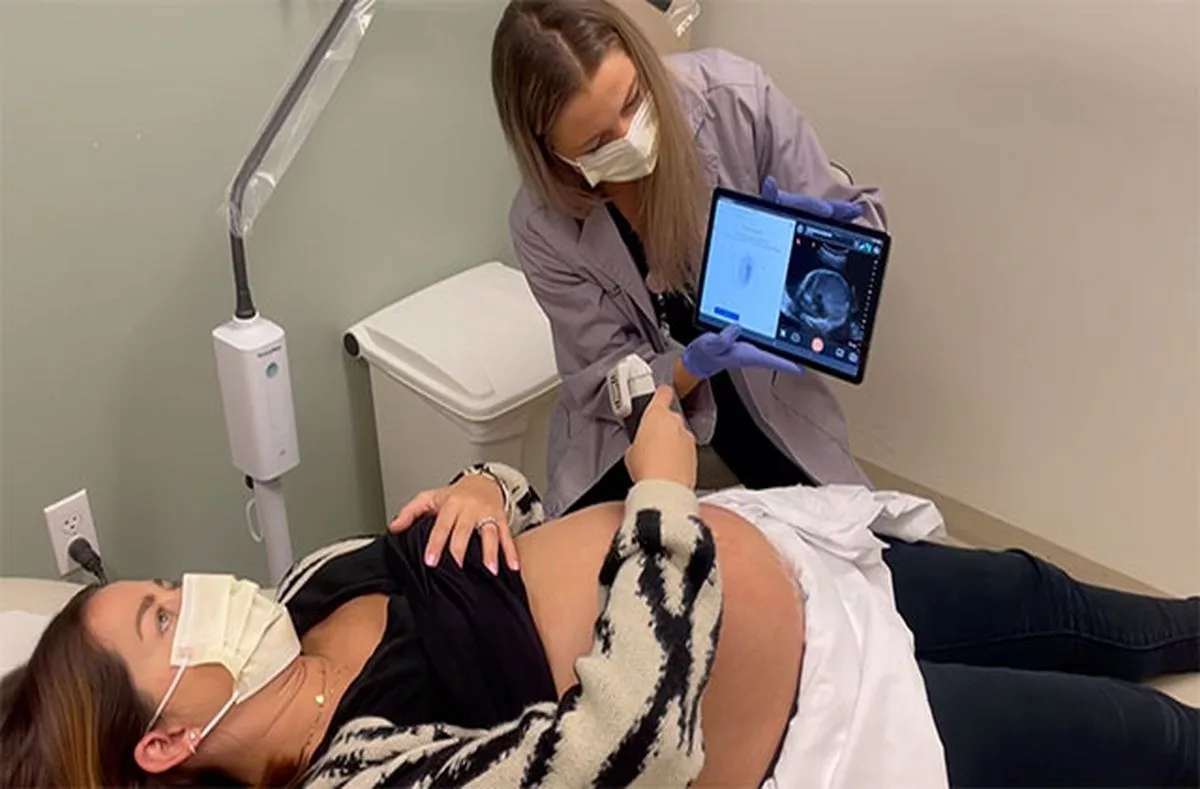In this case study, we present a 57-year-old female patient with a history of clear cell sarcoma of the bladder who underwent robotic radical cystectomy and the creation of an Indiana Pouch urinary diversion in 2022. Two months post-surgery, she presented to our clinic with stomal incontinence, characterized by episodes that were random and not activity-related. Urodynamic studies revealed a decreased pouch capacity and involuntary contractions, indicating a storage-related etiology for her incontinence. After discussing treatment options, including restarting anticholinergic medications and performing intra-pouch OnabotulinumtoxinA injections, the patient chose to proceed with the injections. The procedure was conducted in our office using a flexible cystoscope, which was inserted through the stoma to visualize the pouch lumen. We advanced the cystoscope through the ileocecal channel and into the Indiana pouch without any signs of stenosis or stricture. Upon inspection, the pouch showed decreased capacity and minimal mucus. Using a 3 mm Laborie needle, we injected 300 units of Botox into various areas of the pouch while carefully monitoring vascular structures. The patient tolerated the procedure well, reporting a remarkable 90-100% improvement in her symptoms that lasted up to five months. Although she experienced intermittent stomal leakage due to a Proteus urinary tract infection, this was resolved with antibiotic treatment. The patient is now catheterizing every 4-5 hours and is satisfied with the results, continuing to receive injections every 3-6 months. This case demonstrates the efficacy of intra-pouch OnabotulinumtoxinA injections for managing storage-related stomal incontinence in Indiana Pouch patients, providing a valuable alternative to more invasive surgical options.
support@ehealthcommunity.org
Unlock Your Journey to Excellence in Healthcare!
Join our community of healthcare enthusiasts and gain access to cutting-edge courses, expert insights, and networking opportunities. Elevate your career – sign up now for a brighter, more informed tomorrow!
For Candidates
©2024 eHealth Community. All Rights Reserved. Developed By UMI Group LLC










